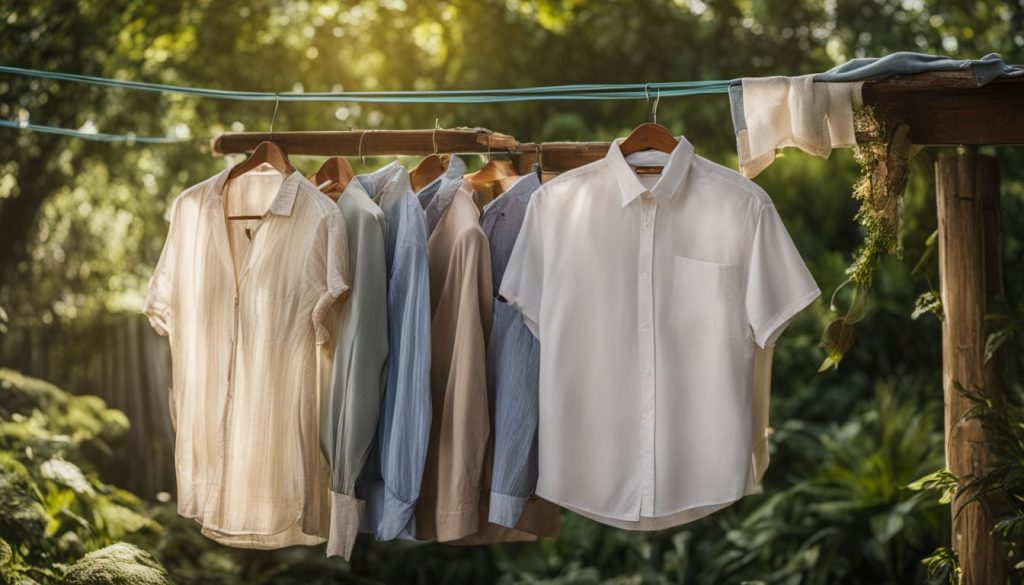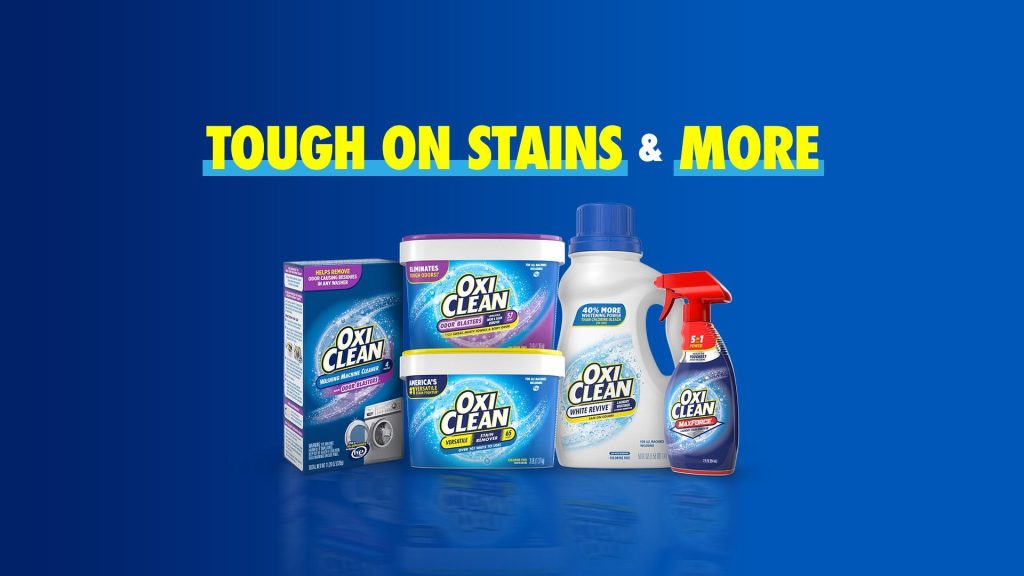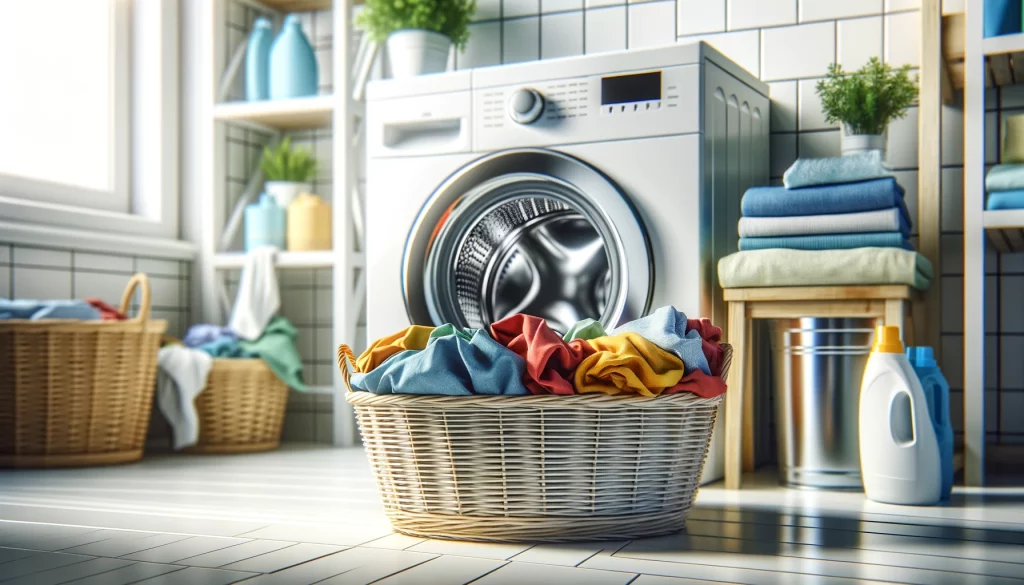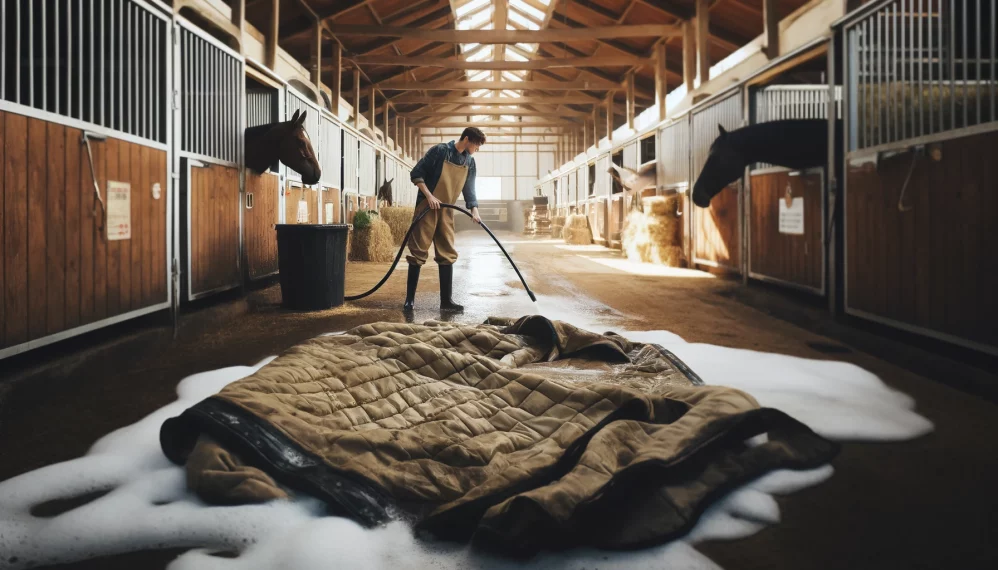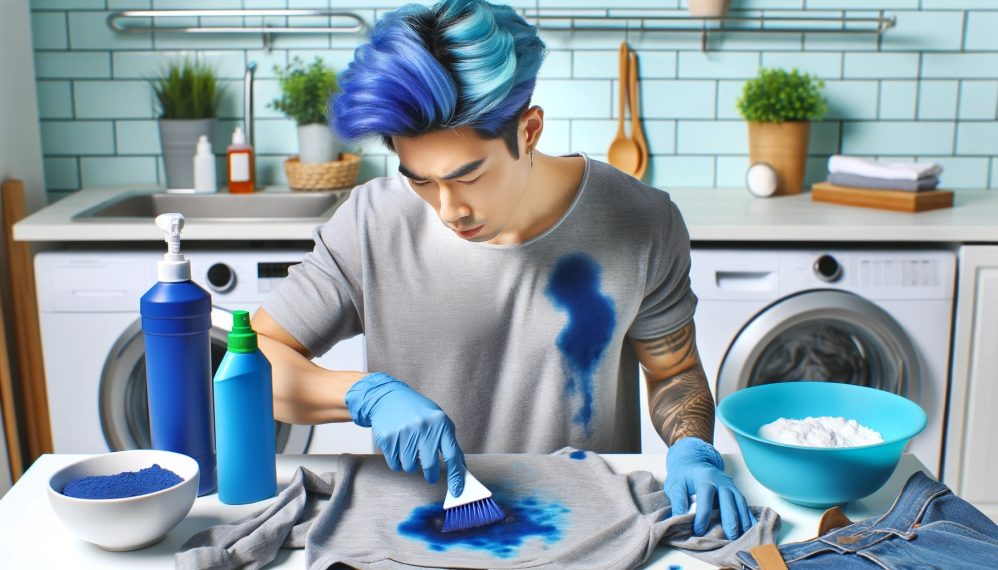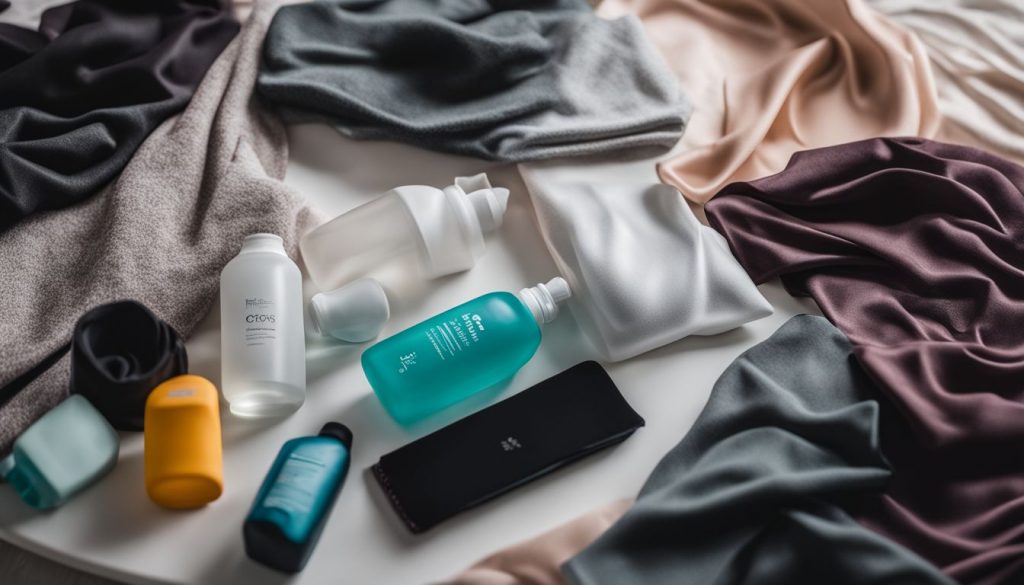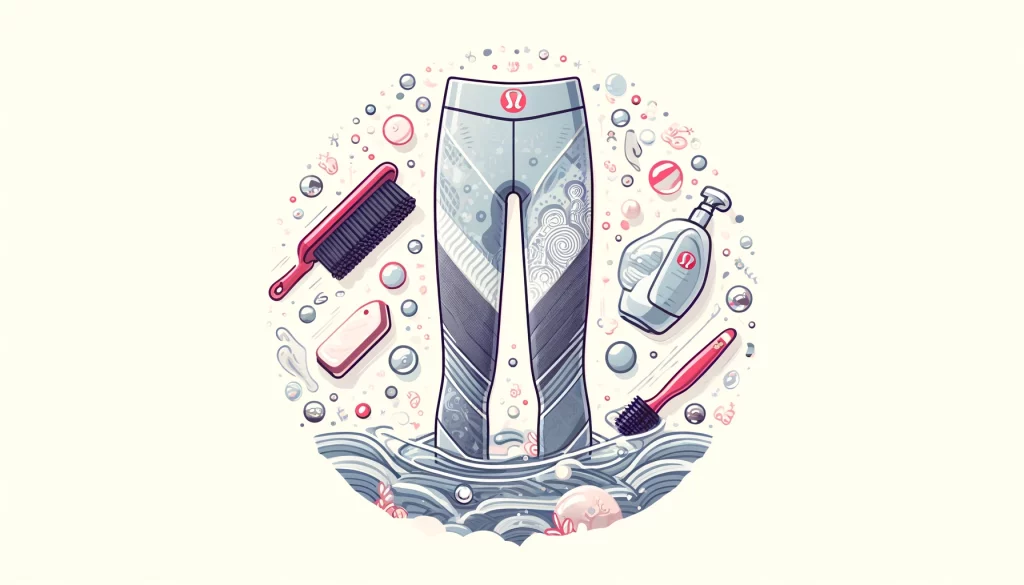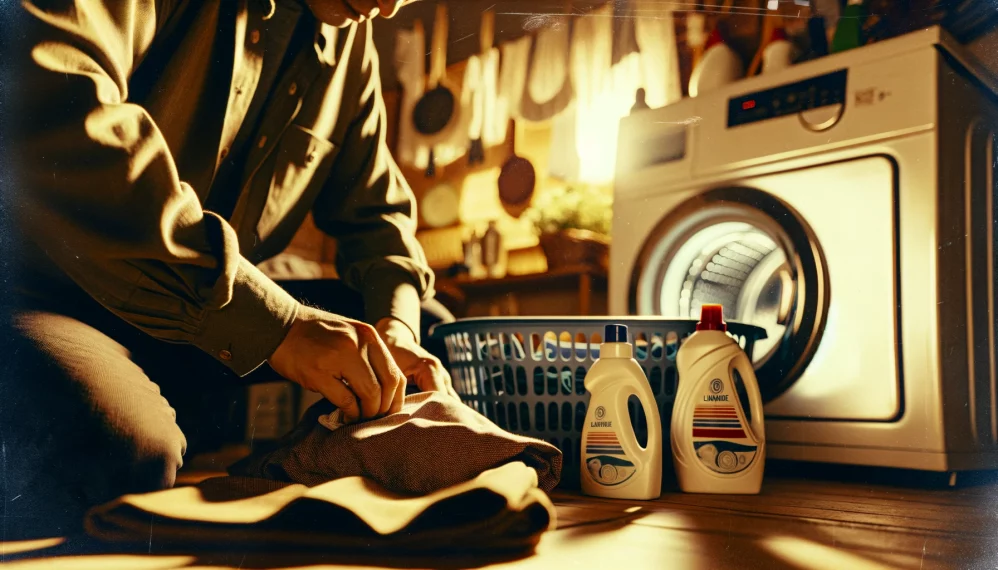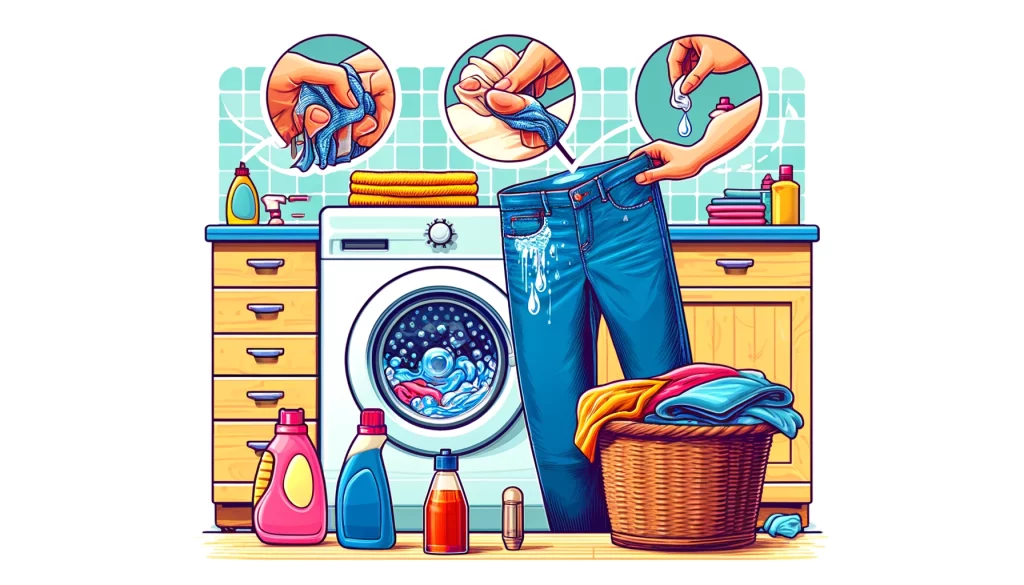
How To Remove Wrinkles From Clothes Without An Iron
Fabricare Center Blog , Laundry
Wrinkles can make even the most stylish clothes look unkempt. Everyone faces this challenge, but not everyone has an iron on hand or the time to use one. One key fact is that a dryer can work wonders in smoothing out wrinkles without needing an iron. This blog will explore simple yet effective methods to remove wrinkles from your clothes without an iron, using tools and techniques you likely already have at home. Keep reading to make wrinkled clothes a thing of the past.
Key Takeaways
- You can remove wrinkles from clothes using a dryer with a damp towel and ice cubes to create steam.
- Steam from showers, boiling water, or garment steamers effectively smooths out wrinkles without touching the fabric directly.
- DIY wrinkle remover sprays made from water and fabric softener work well for quick fixes.
- Hair straighteners are great for ironing small areas like collars and hems when you’re in a rush.
- Properly storing clothes, choosing wrinkle – resistant fabrics, and not overloading the dryer help prevent wrinkles.
Alternative Methods for Removing Wrinkles Without an Iron
Forget the iron when it comes to smoothing out wrinkles. Explore quick and easy methods that make your clothes look sharp without traditional ironing.
Using the dryer
Using the dryer is a quick fix for removing wrinkles from clothes without an iron. This method is simple and effective, especially when you’re in a rush.
- Toss wrinkled clothes into the dryer with a damp towel. The moisture helps ease out creases.
- Add a few ice cubes along with the clothes for steam production. As ice melts, it releases steam that helps smooth out wrinkles.
- Set the dryer on medium heat for about 15 minutes to gently remove wrinkles.
- Immediately hang or fold clothes after drying to prevent new wrinkles from forming.
- For slight wrinkles, use the air – fluff setting with no heat for 10 minutes.
These steps help in wrinkle reduction, offering an alternative method for garment care without needing an iron. Quick and easy, using the dryer saves time while keeping your clothes looking their best.
Using steam
Steam is a powerful tool for removing wrinkles without an iron. A garment steamer or steam generator makes this task easy and effective.
- Fill a garment steamer with water. Turn it on and wait for it to produce steam.
- Hold the steamer close to the fabric without touching it. Move it up and down over wrinkled areas.
- For clothes hanging on a hanger, steam from top to bottom. This method helps release wrinkles quickly.
- Use steam treatment for items hard to iron or those that should not have creases.
- Place clothes in the bathroom while taking a hot shower. The steam from the shower can help remove light wrinkles.
- Heat water for tea and hold the clothing near the steam safely to smooth out wrinkles.
Ice cubes in a dryer create steam too. Toss a few ice cubes into the dryer with wrinkled clothes for a quick wrinkle release.
Boiling water can serve as a homemade steaming solution. Hold garments above boiling water carefully to catch the steam.
Always test fabric tolerance to steam before using this method extensively, especially on delicate materials like silk.
Keep garments at a safe distance from direct heat or boiling water to avoid water spots.
Garment steamers are efficient, especially for clothes requiring gentle care or no creases.
Steam targets wrinkles without direct contact, making it ideal for delicate fabrics and intricate designs.
Using heat tools
Heat tools like hair straighteners can remove wrinkles from clothes. They work well for quick touch-ups without an iron.
- Check the fabric label first to ensure it’s safe to apply heat directly.
- Turn your hair straightener on to a medium heat setting.
- Lay the garment on a flat surface.
- Clamp the fabric lightly between the straightener plates.
- Glide the straightener slowly over the wrinkled areas.
- For tougher wrinkles, press down slightly harder but keep moving to avoid scorching.
- Use short, quick movements for delicate fabrics to prevent damage.
- Focus on small sections at a time for better results.
Using a hair straightener as a wrinkle remover is effective and saves electricity compared to traditional irons. This tool is especially handy for travelers needing a quick clothing touch-up without accessible power outlets for an iron.
DIY Wrinkle Remover Spray
After exploring the use of heat tools, another effective method to remove wrinkles without an iron is creating a DIY wrinkle remover spray. This homemade solution is easy to make and works wonders on your clothes. Here’s how you can prepare and use it:
- Gather your materials: You need a clean spray bottle, water, and fabric softener.
- Mix the solution: Fill the spray bottle with one part fabric softener and two parts water.
- Shake well: Ensure you shake the bottle to mix the ingredients thoroughly.
- Test on fabric: Spray a small amount on a hidden area of your garment to test for any adverse reaction.
- Apply lightly: Lightly mist your wrinkled garment with the spray from a distance of about six inches.
- Smooth out: Gently smooth out the wrinkles with your hands or a dry towel.
- Let dry: Allow the garment to air dry completely.
Using this DIY wrinkle release spray not only helps in removing wrinkles but also leaves your clothes smelling fresh. It’s a quick, natural wrinkle remover that saves you time and keeps your clothes looking their best without an iron.
Using Household Items
Household items can double as effective tools for removing wrinkles from clothes. This method saves time and energy.
- Use a damp towel: Lay a damp towel over the wrinkled garment and press down with your hands. The moisture and pressure help smooth out creases.
- Hang clothes in the bathroom: Steam from a hot shower works wonders on wrinkles. Just hang your garment nearby but not in direct water contact.
- Roll garments tightly: For lightly wrinkled items, rolling them tightly helps stretch out the fabric, reducing wrinkles.
- Heat a pot: Mimic an iron by heating a regular cooking pot (dry and clean) on the stove, then gently glide it over your clothes on a flat surface.
- Spray vinegar solution: Mix equal parts of water and vinegar in a spray bottle. Spritz lightly on clothes, then let them dry to see the wrinkles release.
- Use a hair dryer: Blow hot air from a hair dryer onto damp areas of wrinkled clothes to dry and smooth them out quickly.
- Apply ice cubes in the dryer: Tossing a few ice cubes into the dryer with wrinkled clothes creates steam, which helps remove creases during the drying cycle.
Moving forward, let’s explore some additional tips for keeping your wardrobe looking its best without an iron.
Tips for Removing Wrinkles Without an Iron
Picking the right fabrics and hanging clothes correctly can cut down on wrinkles. Avoid stuffing too many items in the dryer to keep your garments smooth.
Choose Fabrics Wisely
Choosing fabrics wisely is crucial in wrinkle prevention. Wrinkle-resistant fabrics such as polyester, nylon, and spandex are smart choices. They help reduce the need for ironing by minimizing wrinkles from the start.
On the other hand, natural fabrics like cotton and linen tend to wrinkle more easily. Knowing this can save time and make fabric care simpler.
Selecting the right fabric not only enhances durability but also significantly cuts down on maintenance time by reducing wrinkles.
Hang Clothes Properly
Hanging clothes properly plays a crucial role in wrinkle prevention. Right after washing, take each garment and give it a good shake to loosen any wrinkles that might have formed. Pull gently on the corners to further smooth out the fabric.
Then, hang each piece of clothing on its own hanger to ensure it has enough space to air dry without creases setting in.
For shirts and dresses, button the top button or use clips for skirts and pants at the waistband to keep them stretched out while drying. This method not only helps your clothes maintain their shape but also reduces the need for ironing later on.
By practicing careful garment maintenance and organization, you can significantly cut down on wrinkles and keep your clothes looking fresh longer.
Avoid Overloading the Dryer
After hanging clothes properly, focus on the dryer. Overloading the dryer prevents clothes from tumbling freely which can lead to more wrinkles. Give your laundry enough room to move by not packing the dryer too full.
This allows hot air to circulate better, smoothing out creases and preventing new wrinkles from forming.
Use a gentle wash cycle before drying and make sure not to stuff the dryer with too many items. Quickly remove clothes after drying, especially when they’re slightly damp. This trick makes them easier to smooth out and keeps them looking neat without needing an iron.
Following these steps ensures your garments stay wrinkle-free right out of the dryer, making clothing care easier while avoiding overloading.
Additional Ways to Keep Clothes Wrinkle-Free
Store clothes correctly by using hangers or folding them neatly. Keep clothes smooth while traveling by rolling them instead of folding.
Proper Storage Techniques
Proper storage techniques play a crucial role in keeping clothes wrinkle-free. Experts recommend specific ways to store garments to prevent wrinkles and preserve fabric quality.
- Fold heavy items like sweaters and jeans to maintain shape and prevent stretching.
- Hang delicate items such as dresses, shirts, and pants on appropriate hangers to avoid creases.
- Store clothes in a cool, dry place to prevent moisture build – up which can lead to wrinkles.
- Use garment bags for suits, dresses, and other formal wear to protect against dust and reduce wrinkles.
- Keep closets well – organized and do not overcrowd; this allows clothes to hang freely without getting crushed.
- Roll softer garments like T – shirts and pajamas when placing them in drawers or suitcases for saving space without causing wrinkles.
- Place heavier items at the bottom of piles in drawers to prevent creasing of lighter items on top.
- Use acid-free tissue paper between layers of clothing when stacking them for long-term storage, helping to maintain their shape and prevent creases.
Applying these proper storage techniques ensures that your clothes remain wrinkle-free, making them ready-to-wear anytime. These methods are not only about fabric care but also about laundry tips that save time on ironing alternatives, promoting better clothing maintenance and preservation overall.
Clothing Care While Traveling
After mastering proper storage techniques, focusing on clothing care while traveling is vital for a well-maintained wardrobe. Traveling can bring unique challenges to keeping clothes looking their best. Here are essential tips to ensure your garments remain smooth and ready-to-wear, no matter where you are.
- Pack smart: Choose fabrics that resist wrinkles, like polyester or nylon. Roll softer garments and fold stiffer ones carefully to minimize creases.
- Use shower steam: Hang clothes in the bathroom while taking a hot shower. The steam helps remove wrinkles without direct contact with heat.
- Spray and smooth: Carry a small spray bottle with water. Lightly mist clothes and gently stretch them out to ease away folds.
- Portable steamer advantage: Investing in a travel-sized steamer can be a game-changer for quick wrinkle removal in any setting.
- Layer with care: Place heavy items at the bottom of your suitcase and lighter, more wrinkle-prone items on top to prevent crushing.
- Dryer sheets trick: Tuck a dryer sheet into your suitcase to keep clothes smelling fresh and reduce static that can cling and wrinkle fabrics.
- Immediate unpacking: Unpack as soon as you arrive at your destination to avoid letting clothes sit wrinkled for too long.
- Flat iron for quick fixes: Use your hair straightener to iron out small wrinkles on hems or collars safely.
Adapting these practices ensures your clothing remains neat and presentable throughout your travels, saving time and hassle so you can enjoy your journey with confidence.
Conclusion
You learned many ways to get rid of wrinkles without an iron. Dryers, steam, and homemade sprays can smooth out clothes fast. These methods save time and make life easier. Try them next time your shirt is wrinkled. You might be surprised at how well they work!
FAQs
1. Can I use a hair dryer to remove wrinkles from clothes?
Yes, you can use a hair dryer on damp clothing to smooth out wrinkles.
2. Does hanging clothes in the bathroom while showering help remove wrinkles?
Hanging clothes in a steamy bathroom can help reduce wrinkles without ironing.
3. Can rolling clothes instead of folding them prevent wrinkles?
Rolling your clothes tightly can prevent new wrinkles from forming.
4. Is it possible to use a damp towel to get rid of wrinkles on clothes?
Placing a damp towel over wrinkled clothing and pressing down can help remove creases.
5. Can vinegar solution help in removing wrinkles from clothes?
Spraying a mixture of vinegar and water on clothes then letting them dry can ease out wrinkles.
